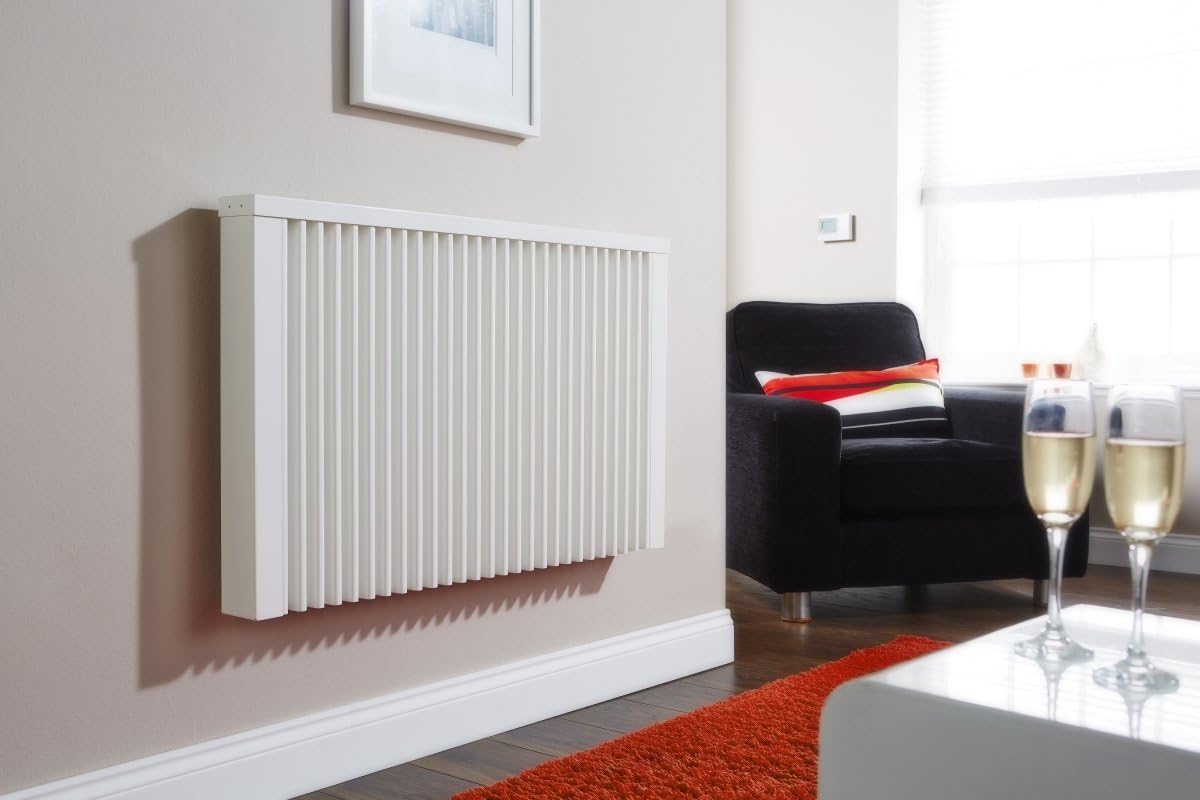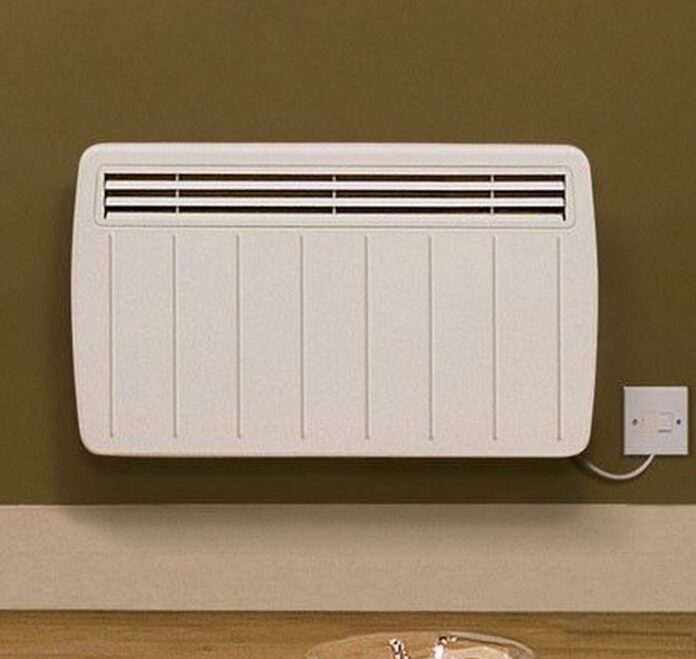A heat recovery ventilator (HRV) is a smart choice for energy-efficient home ventilation. HRVs are devices that continuously exchange stale indoor air with fresh outdoor air, while recovering the heat from the outgoing air. The benefits of an HRV go beyond just energy savings; there are numerous advantages to using a heat-recovery ventilator.
Improving Indoor Air Quality
One of the key benefits of using a heat-recovery ventilator (HRV) in your home is the significant improvement it brings to indoor air quality. Traditional ventilation systems often circulate stale indoor air, which can lead to a build-up of pollutants, allergens, and other harmful substances. An HRV, on the other hand, continuously exchanges stale indoor air with fresh outdoor air, providing a constant supply of clean, oxygen-rich air.
By removing pollutants and allergens from your indoor environment, an HRV helps to create a healthier living space for you and your family. Breathing in cleaner air can have numerous benefits, including reducing the risk of respiratory issues, allergies, and asthma attacks. It can also improve sleep quality and overall well-being.
Additionally, an HRV helps to remove excess humidity from your home, which can prevent the growth of mold, mildew, and dust mites. These substances can contribute to respiratory problems and allergies, so reducing their presence can greatly benefit your indoor air quality.
With an HRV, you can breathe easier knowing that your home is filled with fresh, clean air. So why not invest in an HRV and enjoy the benefits of improved indoor air quality for yourself and your loved ones?
Energy Efficiency and Cost Savings
When it comes to energy efficiency and cost savings, a heat-recovery ventilator (HRV) is a game-changer. These smart devices are designed to recover and reuse the heat from outgoing air, reducing the amount of energy needed to heat your home. By continuously exchanging stale indoor air with fresh outdoor air, an HRV ensures that your home remains well-ventilated while minimizing heat loss.
The energy efficiency of an HRV translates directly into cost savings on your utility bills. With reduced energy consumption, you can expect to see a significant decrease in your heating costs. This is especially true in colder climates, where the demand for heating is higher.
In addition to lower energy bills, an HRV offers long-term cost savings in terms of maintenance. These systems are designed to be durable and require minimal maintenance. This means fewer repair costs and less hassle for homeowners. So not only can you enjoy a comfortable and well-ventilated home, but you can also save money in the process. Investing in an HRV is a smart choice to pay off in the long run.
Energy Recovery Ventilator Reduces Moisture and Humidity Levels
One of the key benefits of using an energy recovery ventilator in your home is its ability to reduce moisture and humidity levels. Excess moisture in the air can lead to a range of issues, including the growth of mould, mildew, and dust mites. These substances contribute to poor indoor air quality and can cause respiratory problems and allergies.
By continuously exchanging stale indoor air with fresh outdoor air, an HRV helps to remove excess moisture from your home. This prevents the growth of mould and mildew, ensuring that your living environment remains clean and healthy. With an HRV, you can say goodbye to dampness, musty odours, and the risks associated with excessive humidity.
Furthermore, by reducing moisture levels, an HRV can help protect your home and its furnishings from damage. Excessive moisture can warp wooden furniture, cause paint to peel, and lead to structural issues. By maintaining optimal humidity levels, an HRV prolongs the life of your home and its contents. Investing in an HRV is smart for reducing moisture and humidity levels in your home, ensuring a healthier and more comfortable living environment for you and your family.
 Minimal Maintenance Requirements
Minimal Maintenance Requirements
When it comes to home appliances, no one wants to spend their time constantly maintaining and repairing them. That’s why one of the great benefits of a heat-recovery ventilator (HRV) is its minimal maintenance requirements. Unlike other ventilation systems that require regular cleaning and filter replacements, an HRV is designed to be low-maintenance.
HRVs are equipped with washable filters that only need to be cleaned periodically, typically every 6 to 12 months. This simple maintenance task can easily be done by the homeowner, without the need for professional assistance. Additionally, HRVs are built with durable components that are designed to last, meaning fewer repair costs and less hassle in the long run.
With minimal maintenance requirements, an HRV is a convenient choice for homeowners who value their time and want a hassle-free solution for home ventilation. You can enjoy the benefits of fresh, clean air without the added stress of constant maintenance. Invest in an HRV and breathe easy knowing that your ventilation system is taking care of itself.
By choosing an HRV, homeowners can also save money on maintenance costs over time. With fewer filter replacements and repair needs, there is less of a financial burden compared to other ventilation systems. This is especially beneficial for those who are looking for long-term cost savings and efficiency.
Heat Recovery Ventilation System Improves Ventilation
The heat recovery ventilation system is ideal for improving ventilation and promoting healthier living in your home. By continuously exchanging stale indoor air with fresh outdoor air, an HRV ensures that your living space remains well-ventilated. This constant flow of fresh air helps to remove pollutants, allergens, and other harmful substances, creating a healthier environment for you and your family.
Proper ventilation is crucial for reducing the risk of respiratory issues, allergies, and asthma attacks. With an HRV, you can breathe in cleaner air, leading to improved sleep quality and overall well-being. Additionally, an HRV helps to remove excess humidity from your home, preventing the growth of mould, mildew, and dust mites. An HRV safeguards your health and protects your home from damage by maintaining optimal humidity levels.
Investing in an HRV is a smart choice to enhance ventilation and create a healthier living space. You and your family deserve to breathe in fresh, clean air daily, and an HRV can help you achieve that. Say goodbye to stale air and hello to a healthier, happier home.
Health Benefits for Asthma and Allergy Sufferers
If you or a family member suffers from asthma or allergies, a heat-recovery ventilator (HRV) can provide significant health benefits. Asthma and allergies can be triggered by a variety of factors, including pollutants, allergens, and irritants in the air. An HRV can help alleviate these symptoms by filtering out these harmful substances from the incoming air.
By exchanging stale indoor air with fresh outdoor air, an HRV ensures that you and your family breathe clean, allergen-free air throughout the day. This can lead to a reduction in asthma attacks, allergies, and respiratory issues. Improved indoor air quality can also contribute to better sleep quality and overall well-being.
Additionally, an HRV helps to remove excess humidity from your home, preventing the growth of mold, mildew, and dust mites. These substances can aggravate asthma and allergies, so reducing their presence can greatly benefit individuals with these conditions.
Investing in a Heat recovery ventilation is a smart choice for asthma and allergy sufferers. You can enjoy improved respiratory health and a better quality of life with cleaner air and reduced allergens. Say goodbye to constant sneezing, itchy eyes, and wheezing, and hello to a healthier, more comfortable living space.
FAQS
Q: How Does A Heat Recovery Ventilator Work?
A: An HRV continuously exchanges stale indoor air with fresh outdoor air. It uses a heat exchanger to recover and reuse the heat from the outgoing air, making it an energy-efficient ventilation solution.
Q: Do I Need A Professional To Install An HRV?
A: While it’s recommended to have a professional install an HRV, it is possible to do it yourself if you have the necessary knowledge and skills. However, it’s always best to consult with a professional to ensure proper installation and performance.
Q: How Often Should I Clean The Filters In My HRV?
A: It is generally recommended to clean the filters in your HRV every 6 to 12 months. However, this can vary depending on factors such as indoor air quality and usage. Regular maintenance and cleaning of the filters will help ensure optimal performance.
Conclusion
In conclusion, investing in a heat-recovery ventilator (HRV) offers numerous benefits for homeowners looking to improve their home’s ventilation. From improved indoor air quality to energy efficiency and cost savings, an HRV is a smart choice. With all of these benefits, it’s clear that incorporating an HRV into your home is a smart choice for a healthier and more energy-efficient living space.
| Other Good Articles to Read |
| Blogs Rain |
| Cme Blog Spot |
| Garcias Blogs |
| Yyc Blogs |
| Guiade Blogs |
| Blogs-Hunt |
| Impact-Blog |
| Smarty Blogs |
| Ed Blog |
| Mo Blogs |
| Blogs Em |
| Blogs T |

